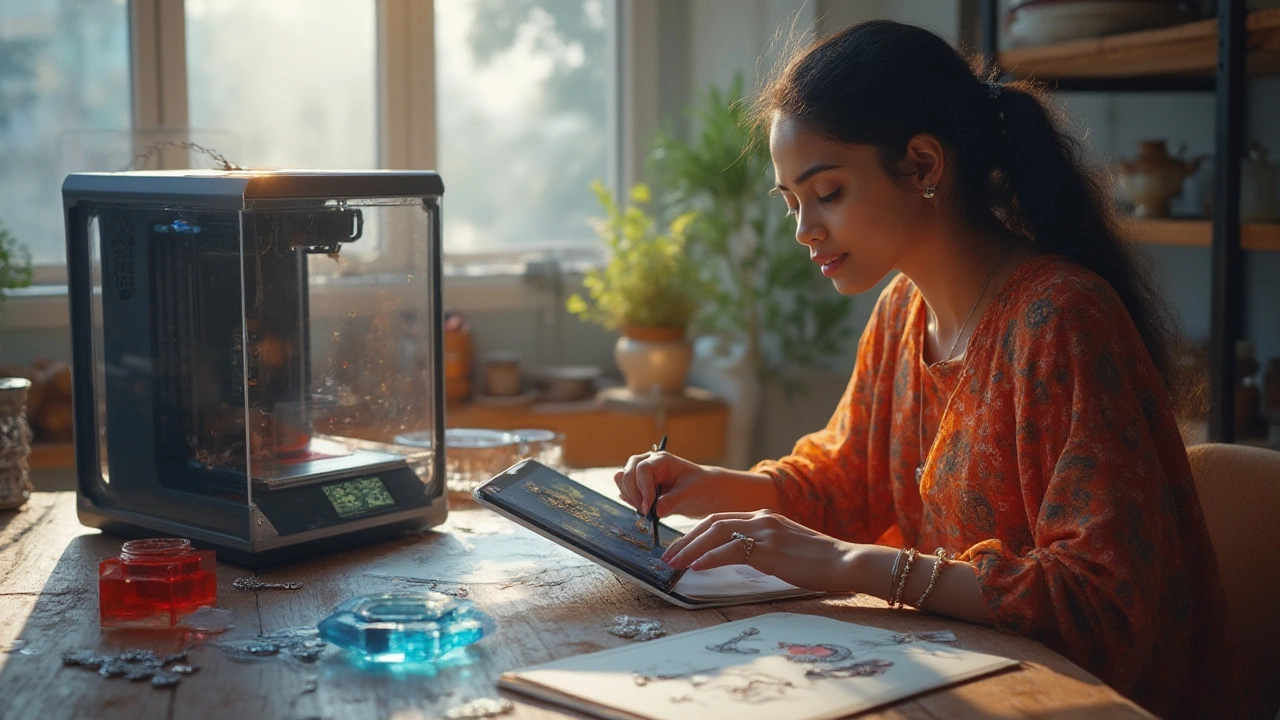3D Printer Accessories: What You Need for Perfect Prints
If you’re printing anything beyond a simple demo, the right accessories make a huge difference. They save time, cut waste, and give you that clean finish you keep chasing. Below is a quick rundown of the basics you should have on hand and a few upgrades that can take your prints from good to great.
Core Accessories Every Printer Needs
Filament – Think of filament as the ink for your printer. PLA is easy to use and good for beginners, while PETG offers strength and a bit more heat resistance. ABS gives you durability but needs a heated bed and good ventilation. Keep a small spool of each on hand so you can test which works best for a particular model.
Nozzles – The default nozzle is fine for most jobs, but swapping it out can improve detail or speed. A 0.2 mm nozzle prints razor‑sharp features, whereas a 0.6 mm tip lays down material faster for large parts. Brass nozzles are cheap and work well with most plastics, while hardened steel handles abrasive filaments like carbon‑filled nylon.
Build Plate – A good surface stops prints from warping or peeling. Glass plates give a flat, smooth finish, while PEI sheets stick well to most filaments without a lot of tape. If you print a lot of ABS, consider a heated aluminum plate with a surface treatment to keep the first layers glued down.
Cleaning Tools – A brass brush and a small wire cutter are lifesavers. The brush removes leftover filament from the nozzle, and the cutter trims excess material from the spool or the tip. A set of tweezers helps you pull out tiny filament bits that get stuck in the hot end.
Adhesion Aids – A quick spray of hairspray, a thin layer of glue stick, or a piece of painter’s tape can make the first layer stick better. Choose what works best for your filament and plate combination.
Optional Upgrades for Advanced Users
Enclosure – If you print a lot of ABS or polycarbonate, an enclosure keeps the temperature steady and reduces warping. It also contains fumes, which is safer for indoor use.
Filament Dryer – Moisture is the enemy of good prints. A small dryer or a sealed container with silica packs keeps hygroscopic filaments like nylon dry, preventing bubbles and weak parts.
Auto‑Level Sensors – Manual leveling works, but an automatic sensor saves you time and eliminates level errors. Once installed, the printer checks the bed before each job and makes tiny adjustments on the fly.
Upgrade Hot End – A hot end that can reach higher temperatures lets you experiment with specialty filaments. Some upgrades also have better heat break designs, which reduce clogs and improve stability.
Spool Holder – A sturdy, free‑spinning holder prevents filament from tangling and makes the feed smoother. Look for a holder with a spring‑loaded arm that can adapt to different spool sizes.
All of these accessories are relatively inexpensive compared to a new printer, and they solve the most common frustrations new users face. Start with the core set, then add upgrades as your needs grow. With the right tools in place, you’ll spend less time fixing errors and more time creating the parts you imagined.
How to Make Stunning Jewelry Using a 3D Printer at Home
Discover how you can make custom jewelry with a 3D printer. Learn about the process, tools, materials, expert tips, and design secrets. Simple, detailed guide.





